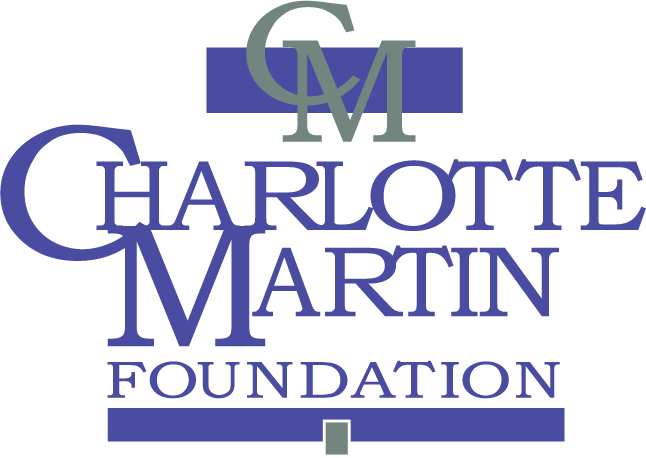How do you define the Western States?
We define the Western States as Washington, Oregon, Idaho, Montana, and Alaska. To be eligible for funding, organizations must be headquartered in this region, and the proposed programs must take place within this region.
Do you ever fund outside this area?
No.
How do you define “youth”?
We generally fund programs that serve kindergarten through high school, ages six to eighteen. Projects must focus on young people as the primary participants or beneficiaries.
What is the Foundation’s policy on including indirect costs in a grant?
The Foundation’s goal is to support organizations whose work advances our two core priorities. We recognize that indirect costs (a.k.a. “overhead” or “general operating costs”) are necessary to accomplish the purposes of specific projects. Therefore, while we request that final reports on funded proposals include a description of how funds were spent, our current application does not require a detailed budget breakdown. Instead, we ask about how an organization’s mission, and the specific project being proposed, contribute to the Foundation’s priorities. Note that while we also do not have a blanket rule against funding salaries, we discourage proposals solely requesting support for a staff position, since CMF funds alone cannot sustainably support one.
Can I contact someone to see what kinds of projects you are interested in or whether my proposal is appropriate?
Because the Foundation has no full-time staff, we are not able to provide detailed guidance for individual applicants. Our website tells our story, gives examples of program types we fund, answers frequently-asked questions, and makes it easy for you to send your application directly to the board members who make decisions. We encourage you to study the website for what we support and do not support. However, if you have a specific question to which you cannot find an answer, please send an inquiry to info@charlottemartin.org.
What is the range of amounts of grants? How do we know how much to ask for?
The maximum amount for unsolicited applications is $20,000. The Board is excited to fund small organizations, as well as projects where smaller grants can make a large impact.
Do you make multi-year grants?
In general, multi-year grants are reserved for select projects initiated or developed by the Board. However, if our maximum grant request could sustain a project for multiple years, we encourage you to apply for the amount you need, and explain your proposed timeline for spending in your application.
When are the deadlines and when are decisions made?
Please visit our homepage for the most current information.
What happens after we send our application?
You will receive an email confirmation that your application has been submitted. If you did not get a confirmation message, or the system crashed before you submitted, please contact info@charlottemartin.org.
Can you tell me why I didn’t receive funding?
We regret that we are unable to provide individual critiques of unsolicited applications. Due to the volume of requests received and finite resources available, many excellent proposals fail to receive Foundation funding. Rejection of a proposal does not necessarily reflect negatively on the applicant. Some requests that were not successful in the first attempt were funded in subsequent cycles or via board discretionary grants.
We are happy to provide general insights about successful proposals:
- Successful proposals explicitly respond to, and make clear how they will support, one of the Foundation’s two emphases (Increasing Opportunities for Minority Youth; and Conserving Biodiversity in a Changing Climate).
- In general, we give priority to smaller organizations, particularly in rural locations, that have less access to financial and community resources. We are also interested in supporting new organizations in becoming established, and do accept applications from nonprofits with a fiscal sponsor.
- In our Increasing Opportunities for Minority Youth category:
- We give priority to projects that focus on the education of youth. We are particularly interested in supporting organizations that serve rural youth and youth of color, who have less access to financial and community resources.
- We seek projects that emphasize the active participation of youth in education, culture or athletics, and that uplift youth leadership and community rather than being based in a deficit model.
- We look for evidence that organizations are already doing work with/have existing relationships with the specific populations of youth described in the proposal. For example, we rarely fund projects intended to recruit BIPOC youth to an existing program that predominantly serves white youth.
- In our Conserving Biodiversity in a Changing Climate category:,
- We support organizations focused on the preservation, protection, and perpetuation of wildlife and/or their habitats.
- We prioritize organizations that have the protection of wildlife and habitat in their mission statements.
- We do fund legal advocacy projects where proposals clearly outline why they are likely to be effective in protecting critical species of wildlife and/or habitat.
- We rarely fund land acquisition for the purposes of conservation.
- Successful proposals are specific: They clearly outline what the youth project activity is and how many minority youth will be involved, or how wildlife or habitat will be preserved and resiliency enhanced in the face of climate change.
- Successful proposals are sustainable. They are built on an organization’s strengths and have clearly defined goals. The work to be accomplished is in proportion to the amount being asked for.
When can we apply again?
If your application is declined, there are no restrictions on when you may reapply. However, we request that you not reapply if you have received funding from the Foundation through our formal application process in 3 or more out of the most recent 5 years. Invitational and discretionary grants are exempt from this limit.
I am confused by the information about your foundation contained in the printed Foundation Directories. The guidelines and deadlines are different from the website. Which source is correct?
Always follow the website, which has the current, correct and complete information. Important: Before applying, be sure to refresh your link to the CMF site.
Do you make site visits?
Very rarely. The Board members operate as program officers, and we have no full time staff. Time and distance limit our ability to make site visits.

